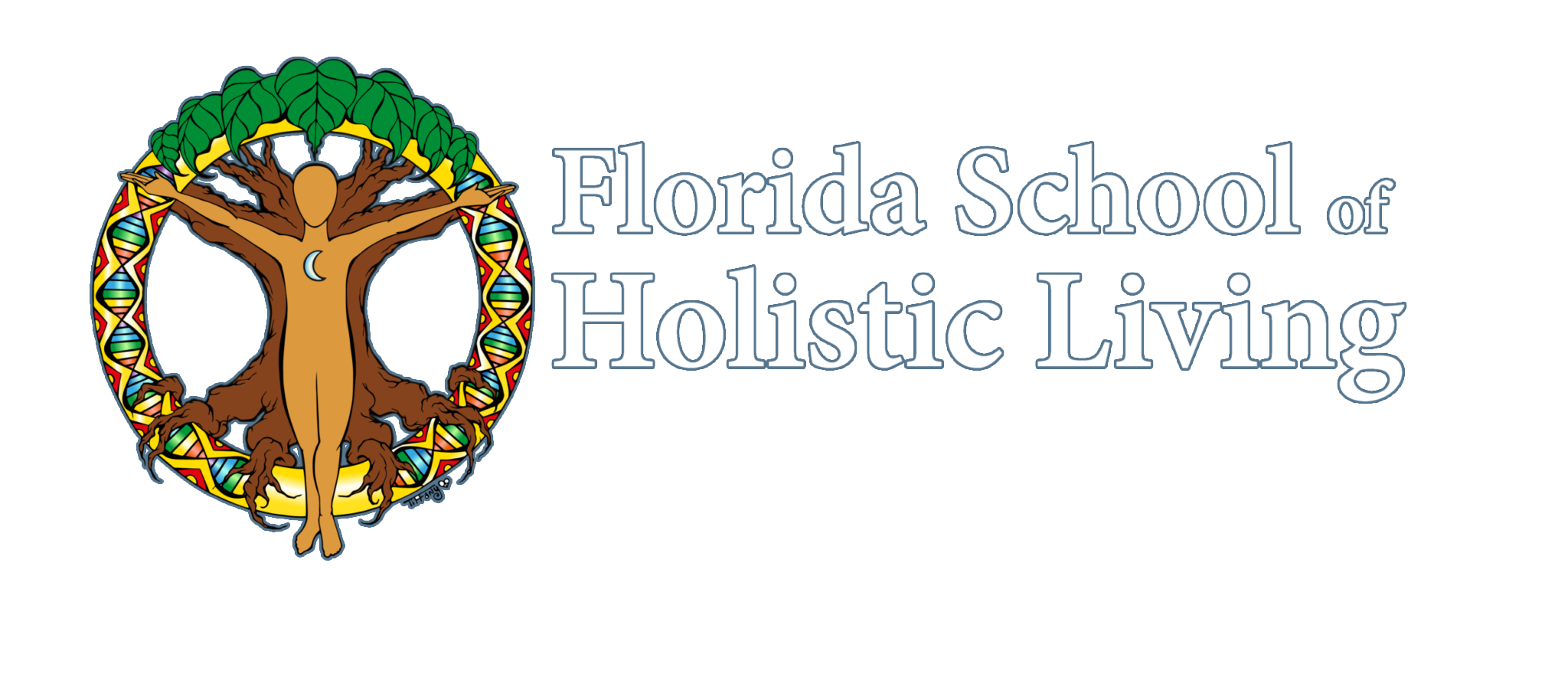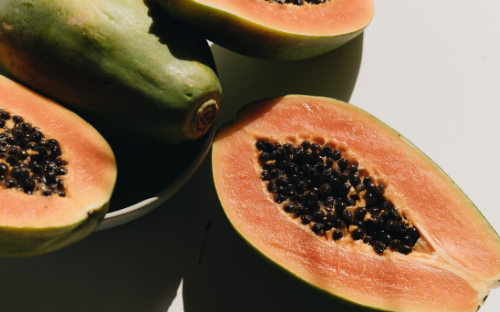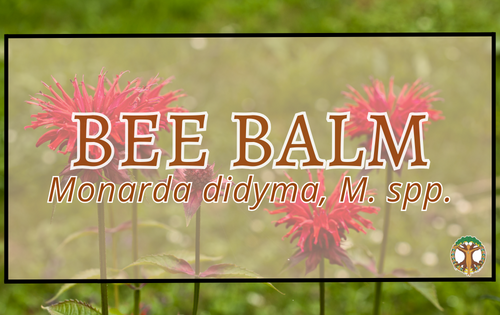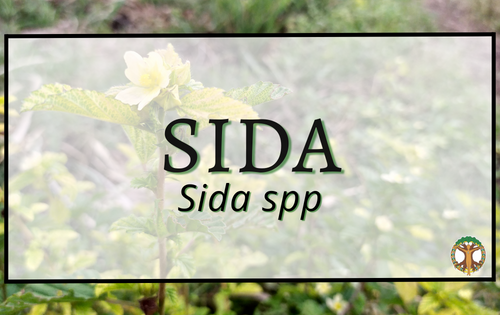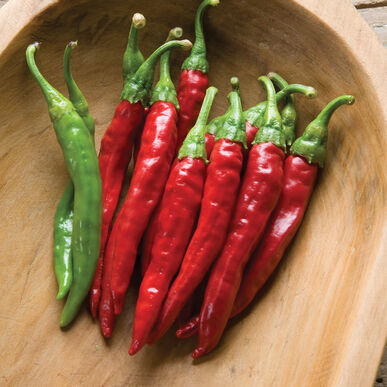
Cayenne
Latin name: Capsicum annuum – Solanaceae
Common name: Cayenne, chili pepper, chile
Cayenne comes from the same Capsicum genus that includes many other peppers like habaneros and jalapenos. Capsicum peppers are from the western hemisphere where they have been used for thousands of years. The word Capsicum derives from the Greek word kapto meaning “to bite.”
And bite it does! Cayenne is an amazing nightshade fruit that may be a friend or foe to your taste buds, but is full of medicinal qualities. One of my first herb mentors George D’arcy, used to consider Cayenne one of his primary plant allies. He would administer cayenne to stop bleeding from cuts to the skin, to folks with heart concerns prior to the EMT arriving to halt the progressive of cardiovascular events, and even used cayenne as an eye wash (I know! He tested it on me one summer when I got stabbed by a saw palmetto frond wading through the thick scrub along the banks the Econlockhatchee River. Yes, it was painful. Yes, I saw God that day. But it also worked!).
My teacher George derived his love of Cayenne from herbalist Dr. John Christopher, a Mormon doctor who espoused the virtues of cayenne in almost every formula he shared. Rosemary Gladstar says that you knew Dr. Christopher had given a lecture in town because the apothecaries and health food stores would be out of cayenne for weeks afterwards!
Uses: The powdered fruit of Capsicum
Growth/Habitat: Capsicum
CAUTION: Never use cayenne on broken skin. Consume cayenne with food. Some people may find even small amounts of cayenne irritating. The oils in the pepper, especially the seeds, can burn the skin and eyes. Avoid mucus membranes as the pepper’s oils can burn them. Always thoroughly wash your hands when working with cayenne and consider wearing gloves if you are processing the whole fruit. Cayenne pepper is HOT. Do not utilize with people with hot constitutions or hot conditions.
Recipes
Cayenne salve for Pain Relief:
- 1 cup olive oil
- 1/4 cup beeswax, chopped or grated
- 4-5 tbsp cayenne pepper, powdered or chopped
Combine cayenne and oil in a double boiler and let infuse for 6-24 hours on low heat, until the oil becomes a deep red. Be mindful not to let the oil burn or boil!
Strain cayenne from the oil using cheesecloth or muslin-lined strainer
Add beeswax to the oil on top of the double boiler and allow to melt.
Pour liquid into tins or jars and let cool before adding lid.
Be sure to label your salve – with a spicy warning – and remember to wash your hands after application so you don’t accidentally meet your spicy salve on your sensitive eye tissue!
This is a great salve for muscle pain, arthritis, and nerve pain. It can sting a bit and should be avoided for open skin and sores. I also love applying this salve to my feet and toes before slipping them into my boots when heading out on a wintertime hike.
Fire Cider from Rosemary Gladstar:
- ½ cup grated fresh horseradish root
- ½ cup or more fresh chopped onions
- ¼ cup or more chopped garlic
- ¼ cup or more grated ginger
- Chopped fresh or dried cayenne pepper ‘to taste’. Can be whole or powdered.
Put all of these ingredients in a quart mason jar, cover with apple cider vinegar by about an inch or two. Label and let sit for at least one month. Strain, bottle, label and store in a cool place or in the refrigerator for maximum shelf life.
Jethro Kloss’ Healing Liniment
- 1 quart 70 percent rubbing alcohol
- 2 ounces powdered myrrh
- 1/2 ounce cayenne pepper
- 1 ounce powdered goldenseal *if cultivated from a sustainable source* or 1 ounce powdered oregon grape root, bidens leaf, or spilanthes leaf + flower to substitute
Mix all these ingredients together and let stand for 7-30 days. Shake it periodically. Decant and bottle with a label which reads, “For external use only.”
How to use: For headache, Kloss recommends applying the liniment to the temples, back of the neck, and forehead. For sprains, he says to apply the liniment freely and massage for 15 to 20 minutes before the swelling sets in. Repeat three to four times a day. He also says to apply the liniment for bruises and back pain.
Rosemary Gladstar recommends using Kloss’ Liniment for disinfecting wounds from splinters, cold sores and fever blisters, poison oak and ivy, and warts.
What do other herbalists say about Cayenne?
After much experience and trying every thing within my knowledge, to gain this important point, I fixed upon the medicine which I have called No. 2 [Cayenne, Capsicum spp.], in my patent, for that purpose; and after using it for many years, I am perfectly convinced that it is the best thing that can be made use of to hold the heat in the stomach until the system can be cleared of obstructions, so as to produce a natural digestion of the food, which will nourish the body, establish perspiration and restore the health of the patient. I found it to be perfectly safe in all cases, and never knew any bad effects from administering it.
– Samuel Thompson
I have cured with cayenne pepper cases of rheumatism that had been for years most distressing… Though severe on the tissue to which applied, cayenne is so diffusive that it does not long derange the circulation, but on the contrary, equalizes it. Thus it is not only stimulant, but antispasmodic, increases sweating, anti-inflammatory, detoxifying, and restorative.
– Jethro Kloss
If you master only one herb in your life, master cayenne pepper. It is more powerful than anything else.
– Dr. Richard Shulze
Capsicum (red pepper) is the most pronounced, natural and ideal stimulant known in the entire medical material. It cannot be equalled by any known agent when a powerful and prolonged stimulant is needed, as in congestive chills, heart failure, and other conditions calling for quick action.
– R. Swinburne Clymer
I had hardening of the arteries, during my 20 and 30 year span, to a point that it was very severe. No insurance company at this time, would even take me for a $1,000 policy. So you can tell how bad of a condition I was in. I was quite concerned about it, and started using cayenne. I worked up to a teaspoon three times a day, and I continued on from the time I was thirty-five and am still using it. It was amazing! By the time I was forty-five years of age, ten years after I had started using cayenne, a group wanted me to have a $100,000 policy to insure them on a business deal we were working out. I went for the examination. Being this large a policy, the insurance company required two medical doctors, each to give two physicals at various times (being four times to have physicals with these two doctors). I took the examination and one medical doctor when he got through, said, “Well, this is astounding. I see your age is forty-five years, but you have the venous structure of a teenage boy.” He said, “This is excellent,” and he gave me a clean bill of health. I went to the other doctor and on his second examination he did the blood pressure test on my arm. He pumped his equipment up five different times and my arm was getting irritated by it, and I was getting a little perturbed, and I said, “What’s the matter, doesn’t your equipment work?” “Oh yes, it always has up till now, but I keep looking at your chart and it says you are 45 years of age and yet your systolic over your diastolic is absolutely perfect. I cannot comprehend it.” I said, “That’s correct. It is perfect.” And he also gave me a clean bill of health. So I passed at 45 years of age for a $100,000 policy with a good blood pressure showing, thanks to the cayenne. I have been told by medical doctors, that because of my arthritis, hardening of arteries, stomach ulcers and some auto accidents that banged me up pretty badly, that I couldn’t live past my 40th year. Yet, at 45 years I was pronounced in good condition. This, to me, was one of my biggest sales points on cayenne. If it could help me, it could help anybody. I have seen it used so many times over the years with such success, that I feel that it is one of our great herbs.
– Dr. John Christopher
How do you use Cayenne? What are you favorite culinary or herbal recipes? Share in the comments below.
–Emily Ruff
Sources:
Gladstar, Rosemary. Rosemary Gladstar’s Family Herbal: a Guide to Living Life with Energy, Health, and Vitality. Storey Books, 2001.


